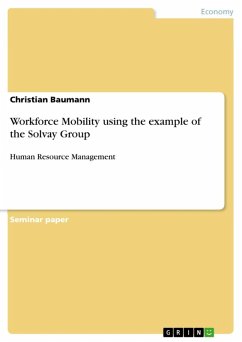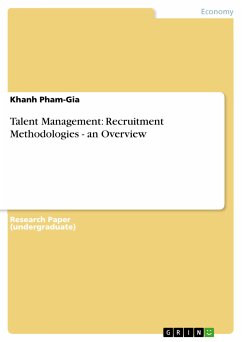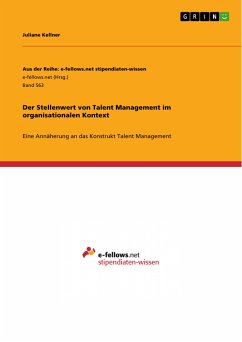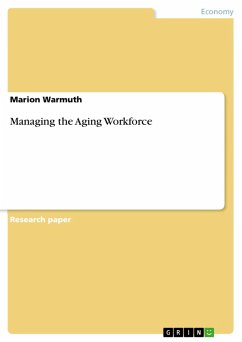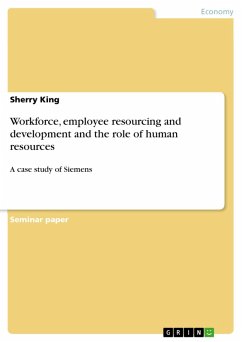Seminar paper from the year 2009 in the subject Leadership and Human Resources - Miscellaneous, grade: 1,5, , language: English, abstract: Today's business world is in many ways different as it used to be 40-60 years ago. One of such dissimilarity concerns the staff turnover. Whereas in the 1950's, 60's and 70's many employees used to work their entire life in only one or two companies the employment culture changed drastically to this day in this regard. Nowadays enterprises have to deal with (early) retirement issues form the so called baby boomer generation and beyond this it is much more common to change workplaces every few years too. Present figures underline that the annual 2005/06 voluntary turnover rate for the US was circa 23.4% which was an increase by 0.7% from the previous year. Although this high value might be specific to the US, another survey identified this rate for the UK in "old Europe" still to be 17.3% in 2007. These numbers are especially for companies worrying because each job change also means a loss of money. Including the direct costs (e.g. recruitment, selection and training) as well as the indirect ones (e.g. loss of expertise, increased workloads for colleagues plus morale effects on employees) researchers estimate costs between 30% of yearly salary of entry-level staff and up to 400% for high-level employees. Since the impact for firms seems to be significant it has to be their goal to minimize the potential turnover causes. Regarding the UK survey the key ones are change of career (55%), promotion outside of organization (45%), level of payment (41%) and lack of career opportunities (33%). The good thing is that based on a US study the majority of asked business executives, namely over 80% in 2008 against 41% in 2007, realized the top priority of employee retention and its effect on the company overall performance. One firm that was always not as strongly affected as others from high staff turnover but still suffered from it is the Solvay Group. Due to its growing international strategic orientation, the enterprise underwent a restructuring process until 2007 and managed in this course to improve one of the key retention aspects, namely its workforce mobility program. In line with the homonymous human resource issue, the author will initially state the different mobility types including their determinants. After emphasizing the close link between the retention tool of talent management and international mobility including current survey data it will be analyzed how successful Solvay uses its expatriate program to gain a competitive advantage. [...]
Dieser Download kann aus rechtlichen Gründen nur mit Rechnungsadresse in A, B, BG, CY, CZ, D, DK, EW, E, FIN, F, GR, HR, H, IRL, I, LT, L, LR, M, NL, PL, P, R, S, SLO, SK ausgeliefert werden.

